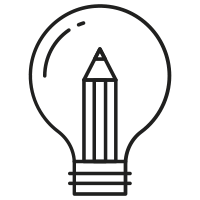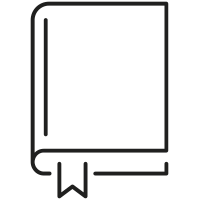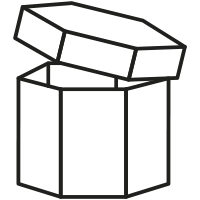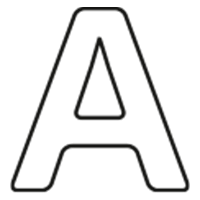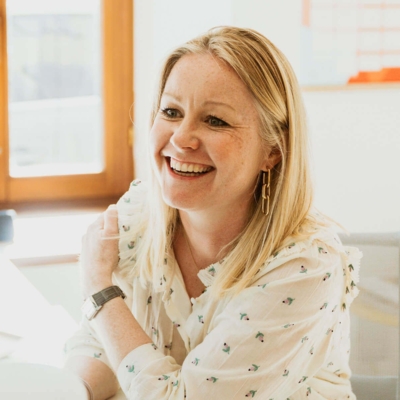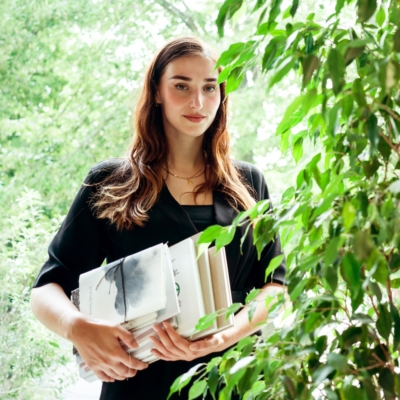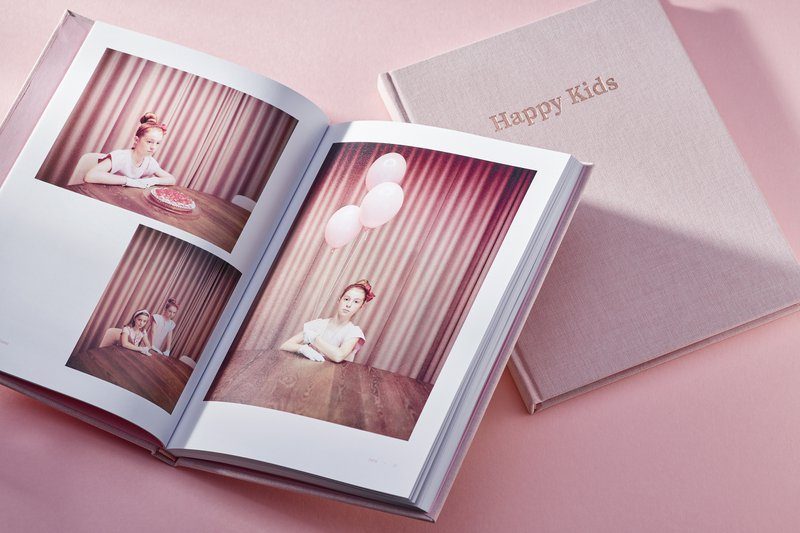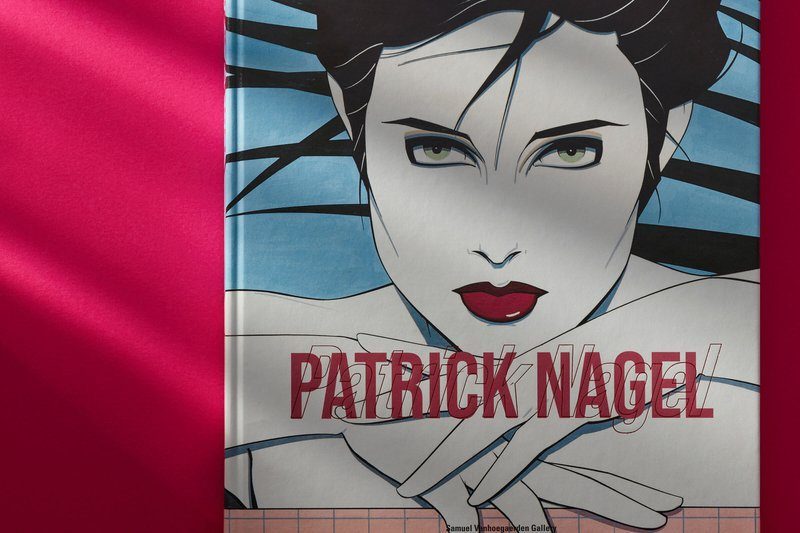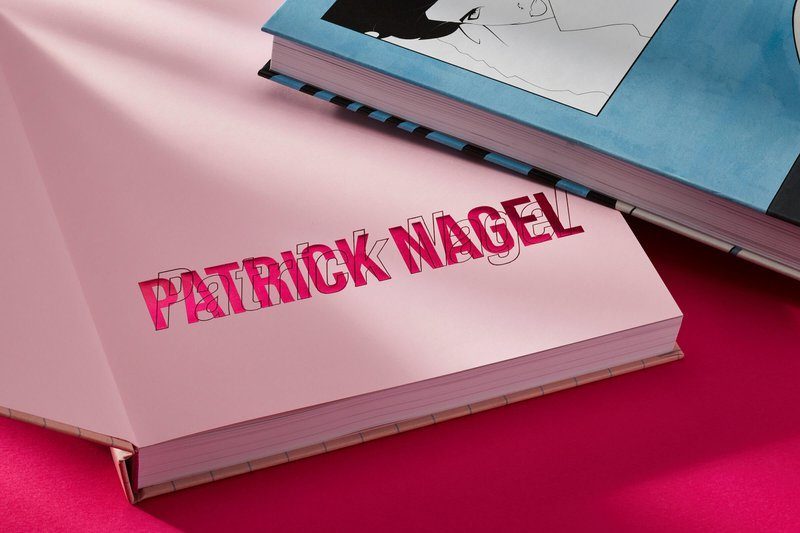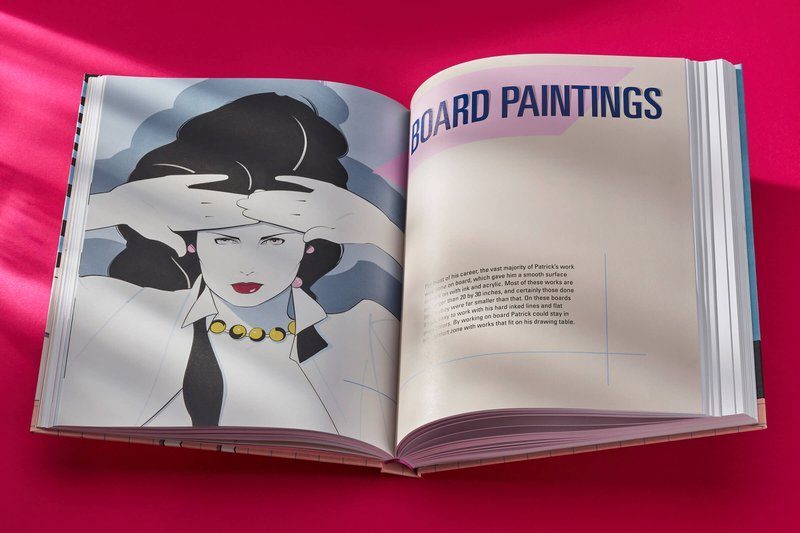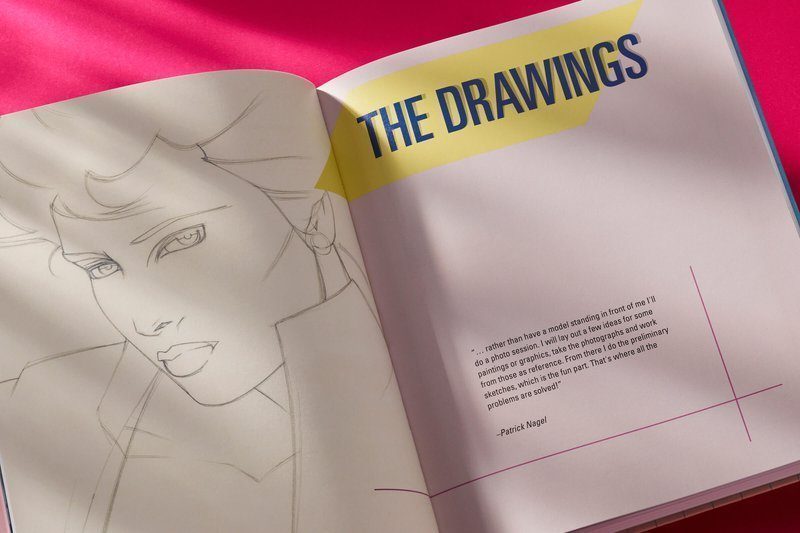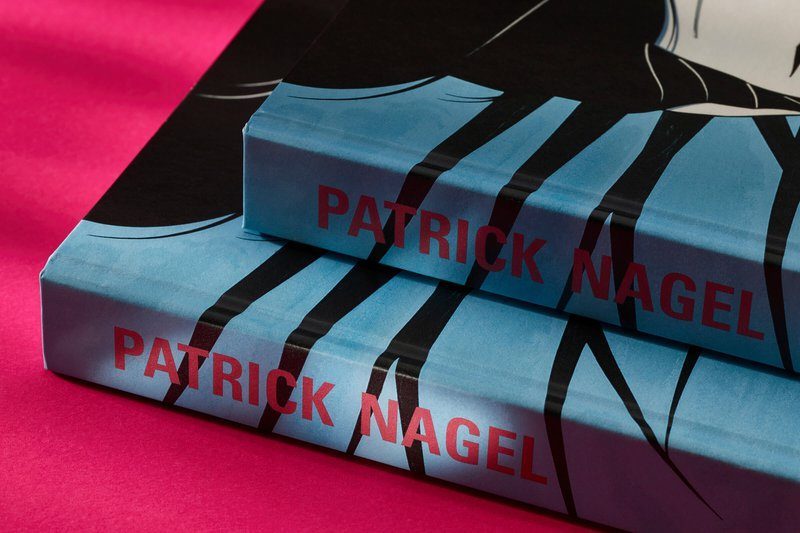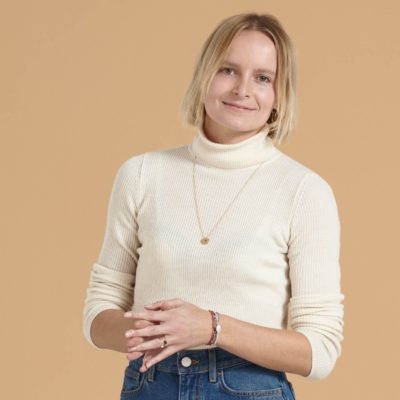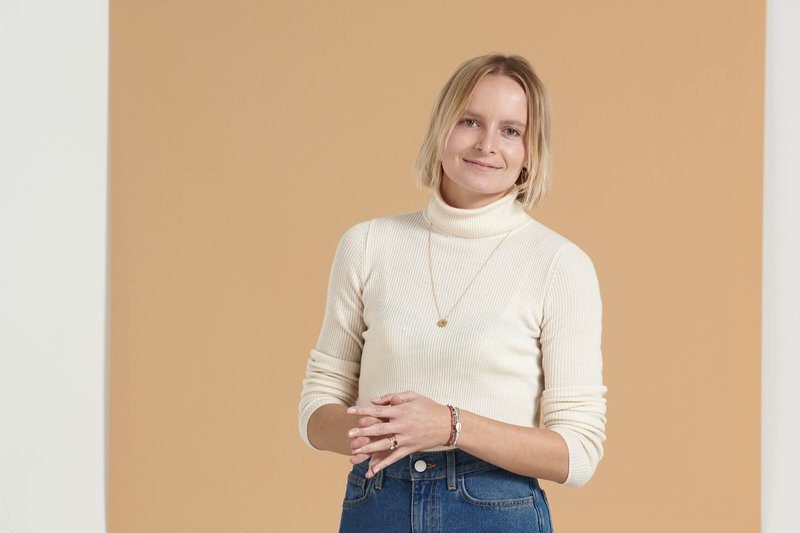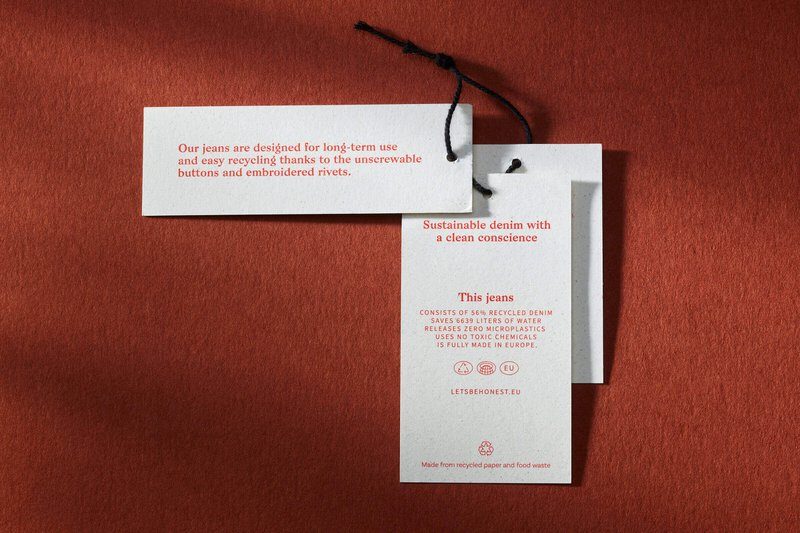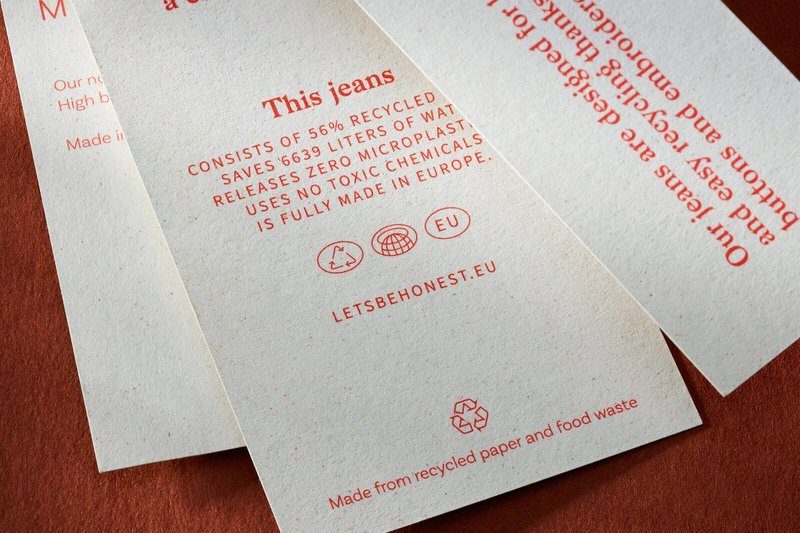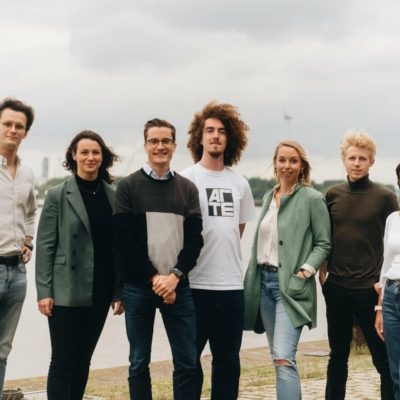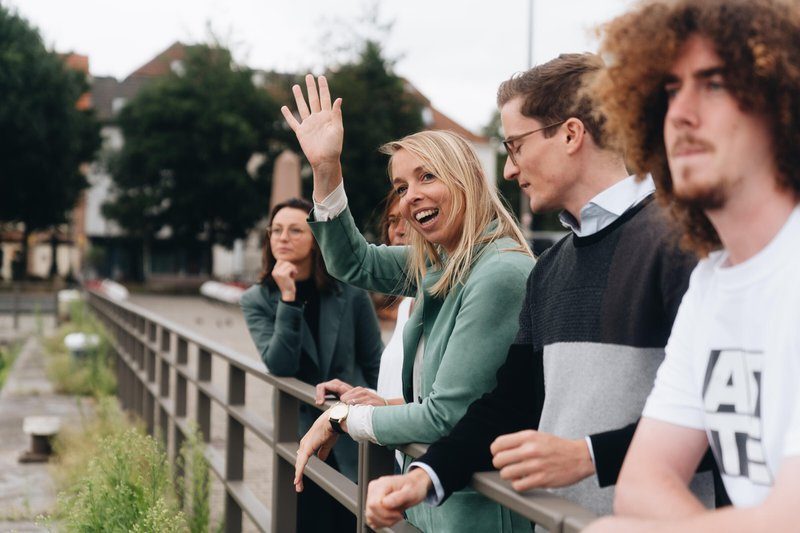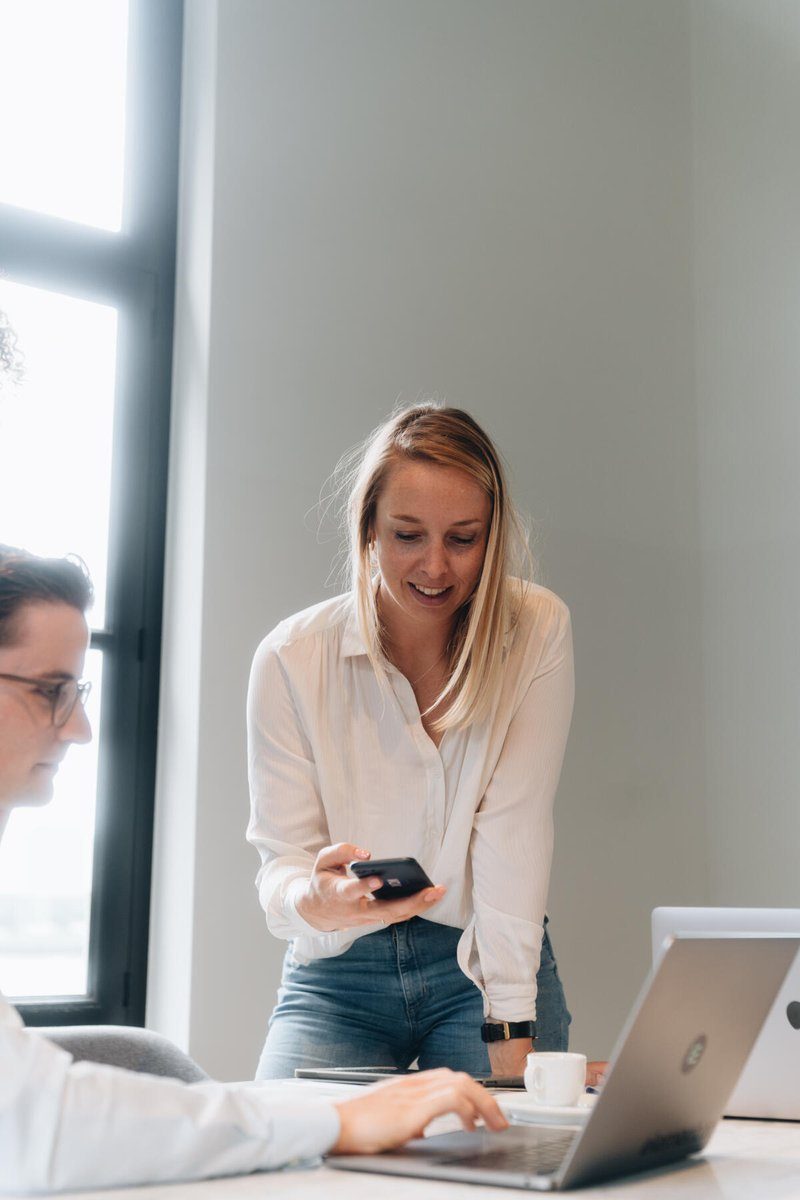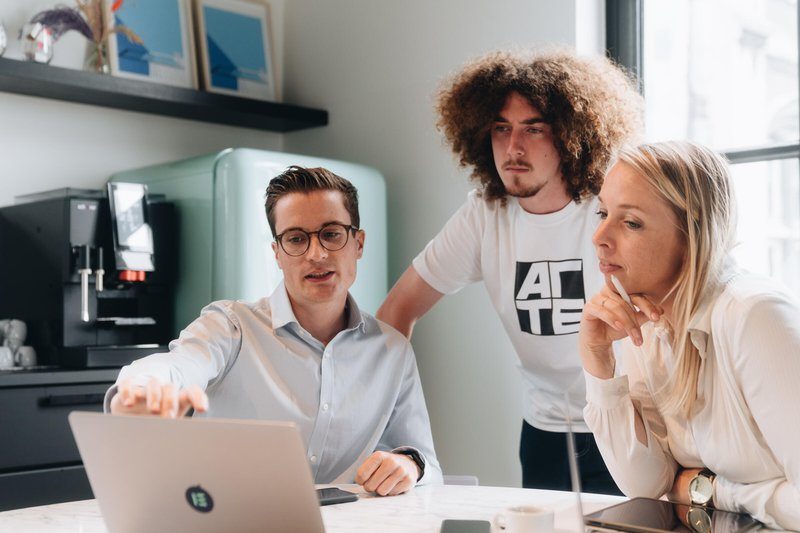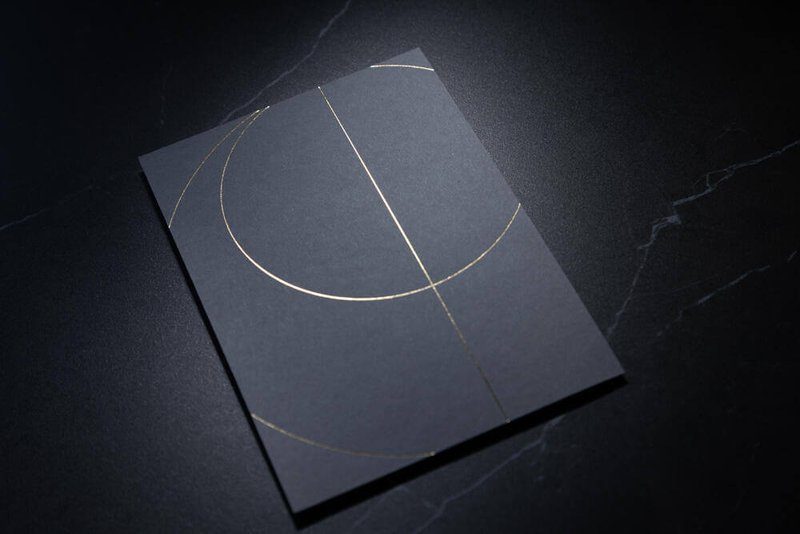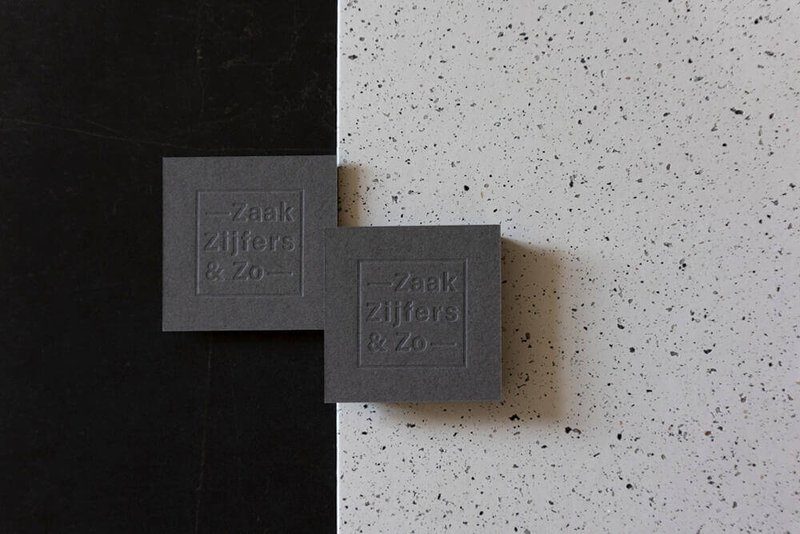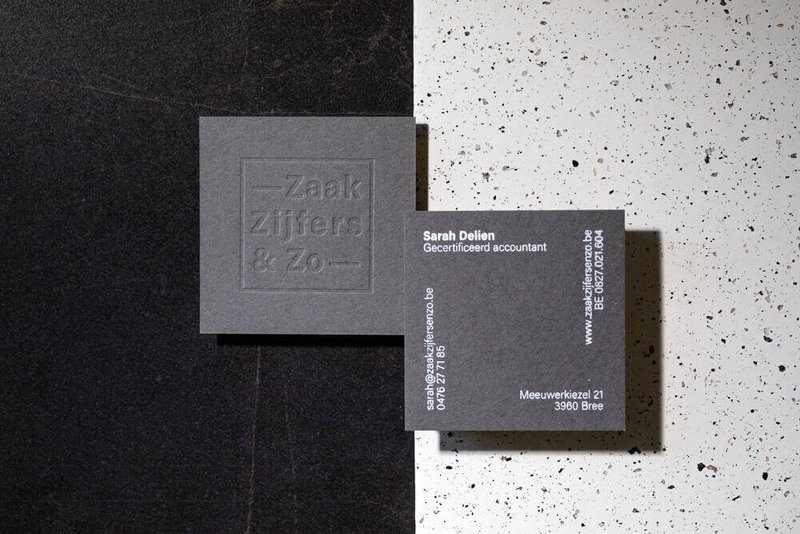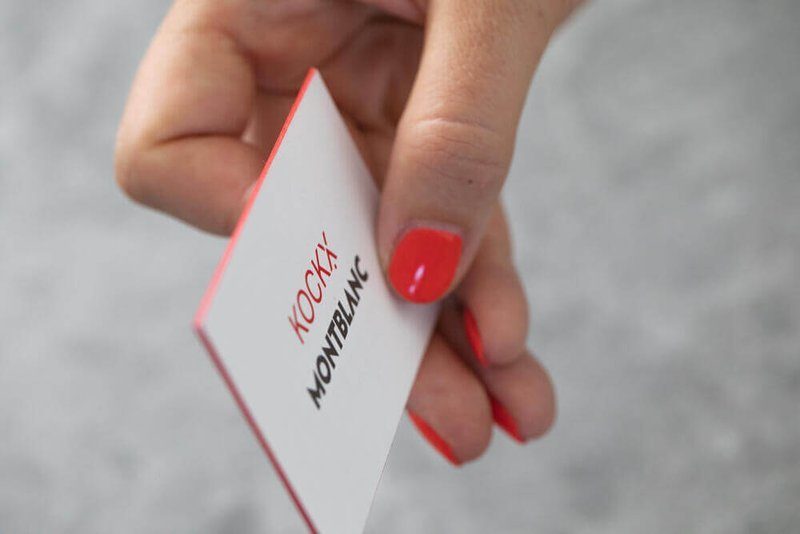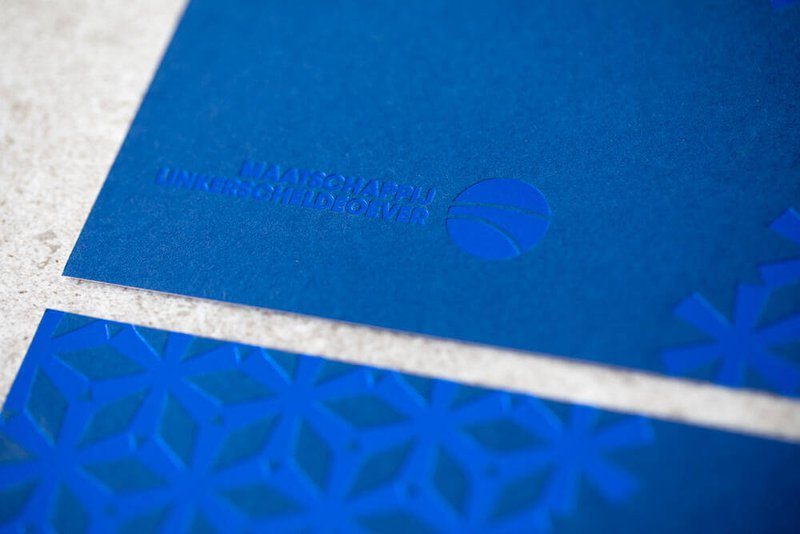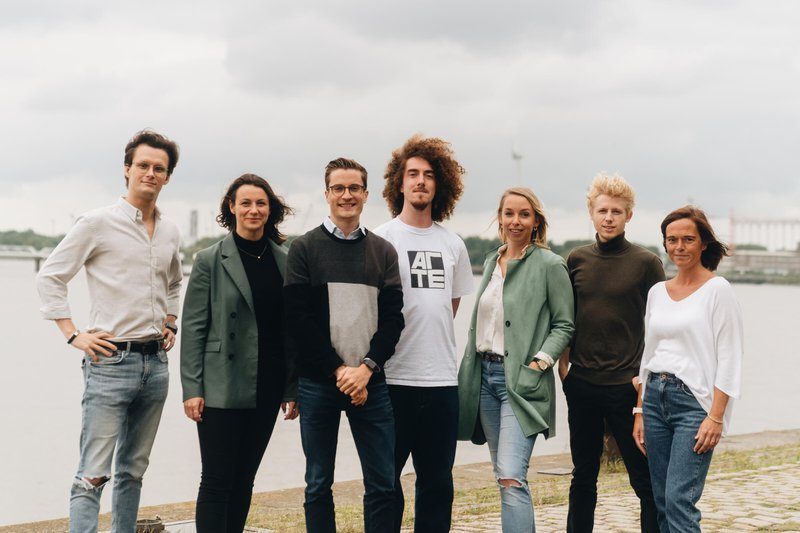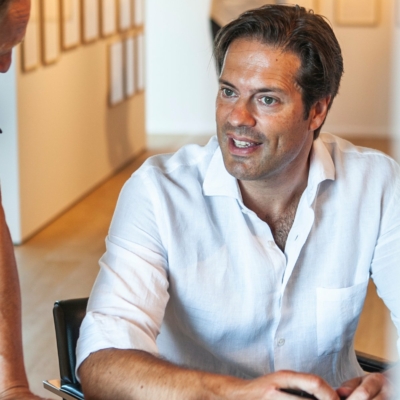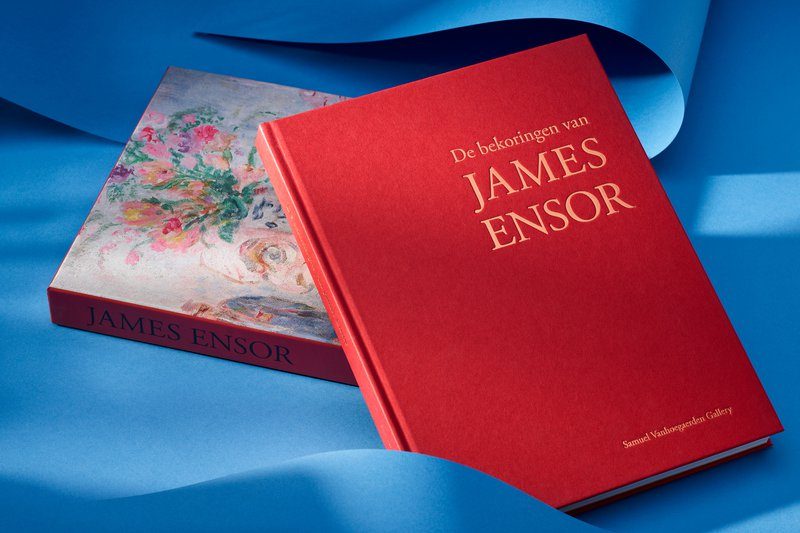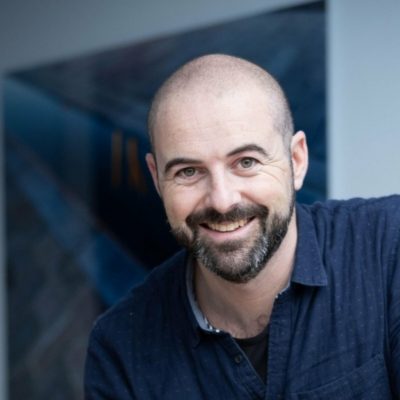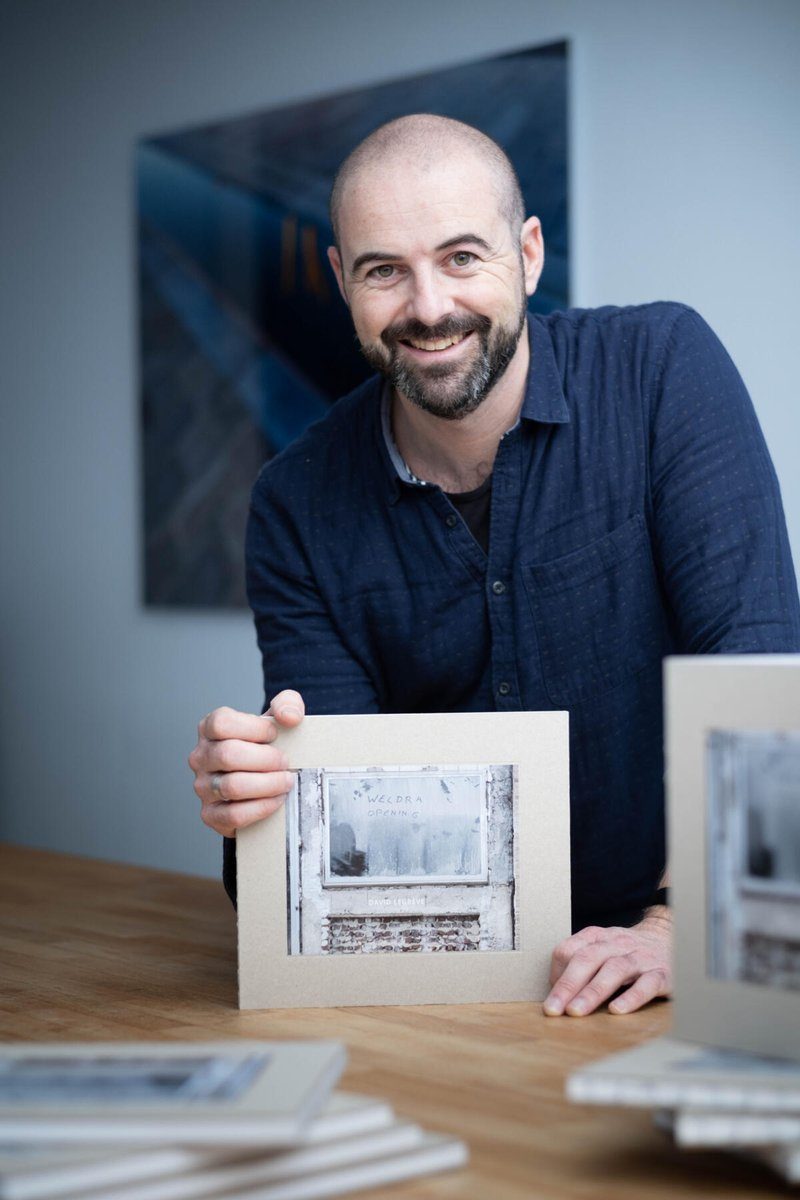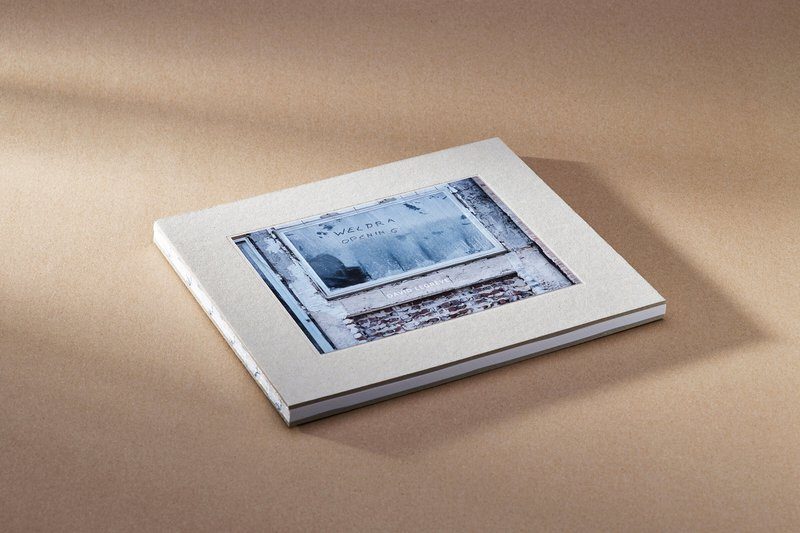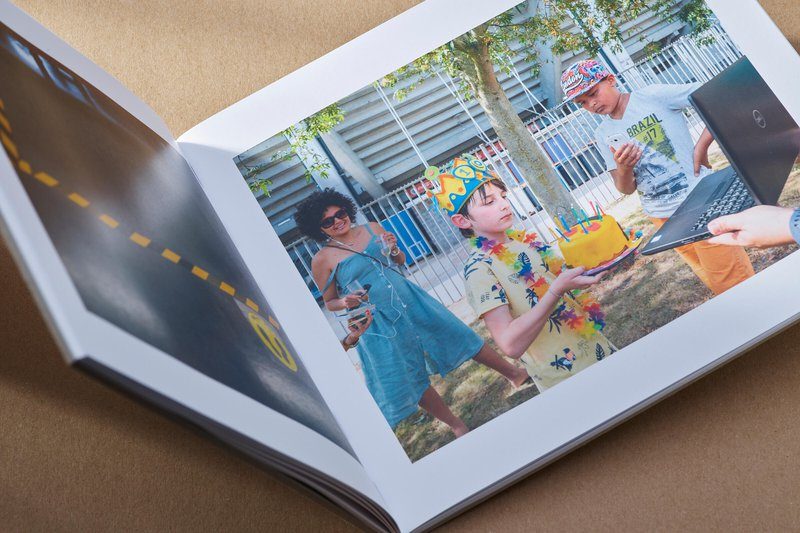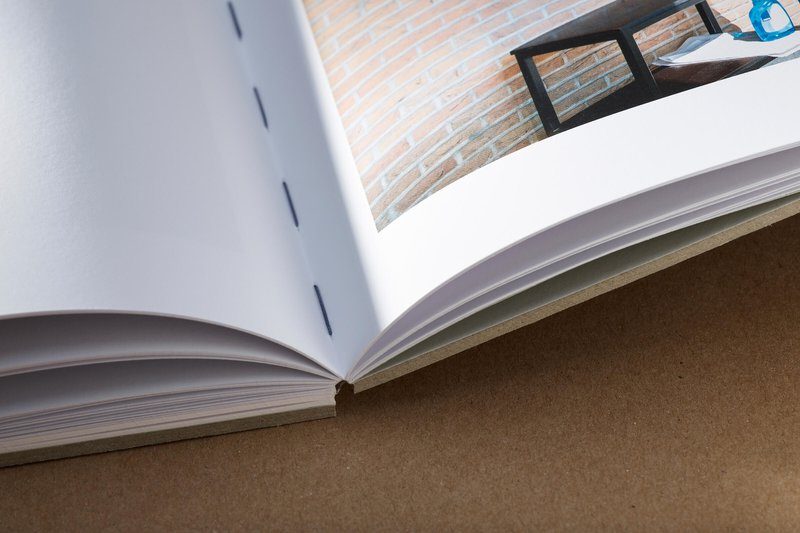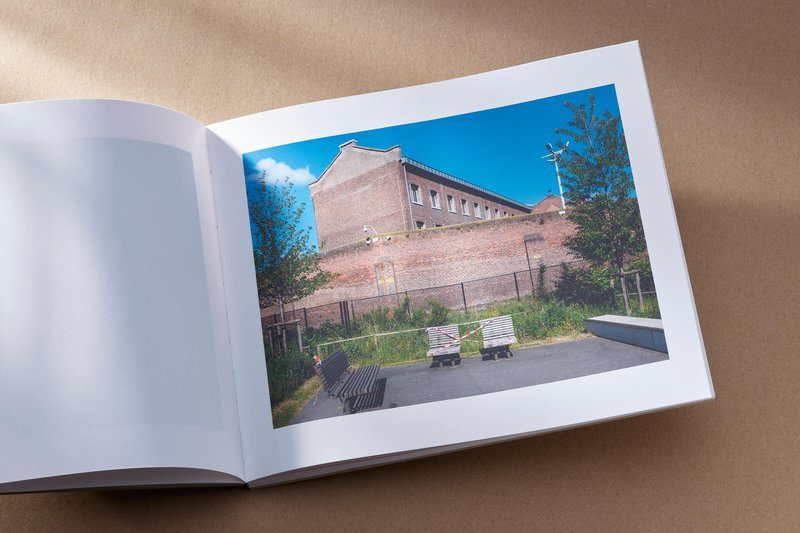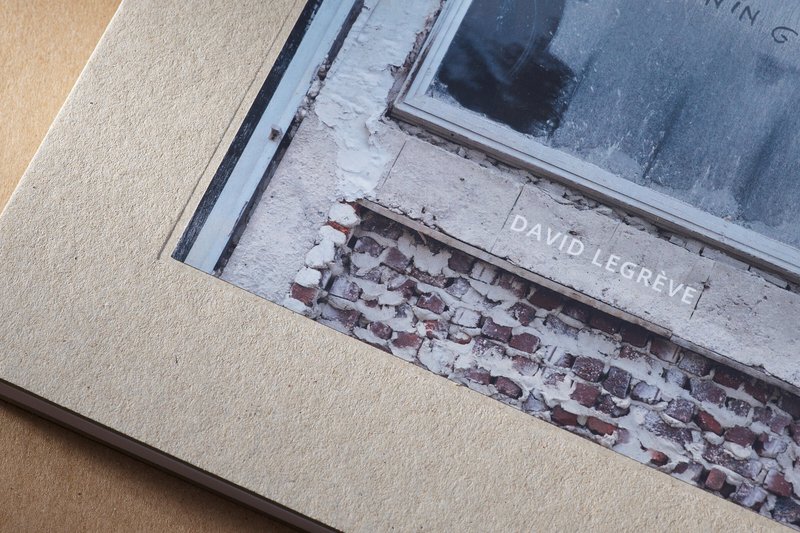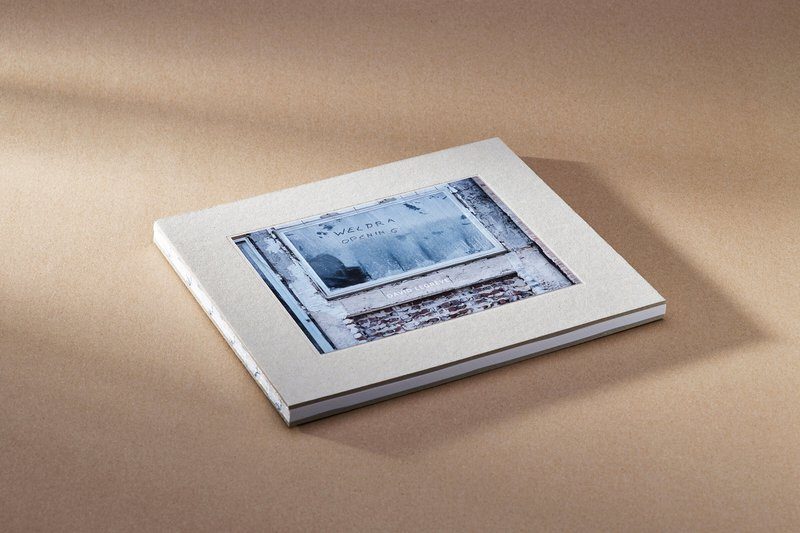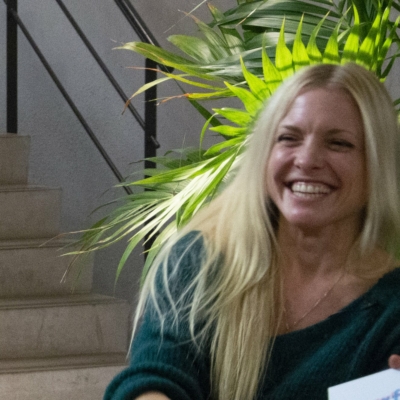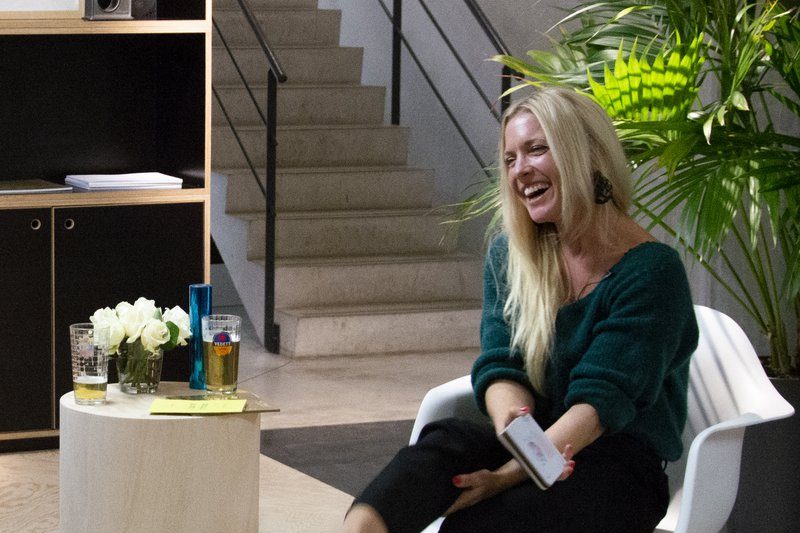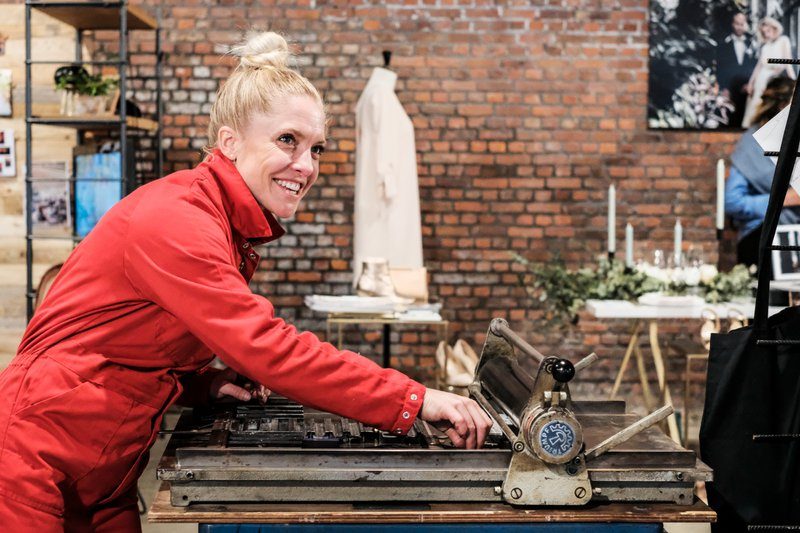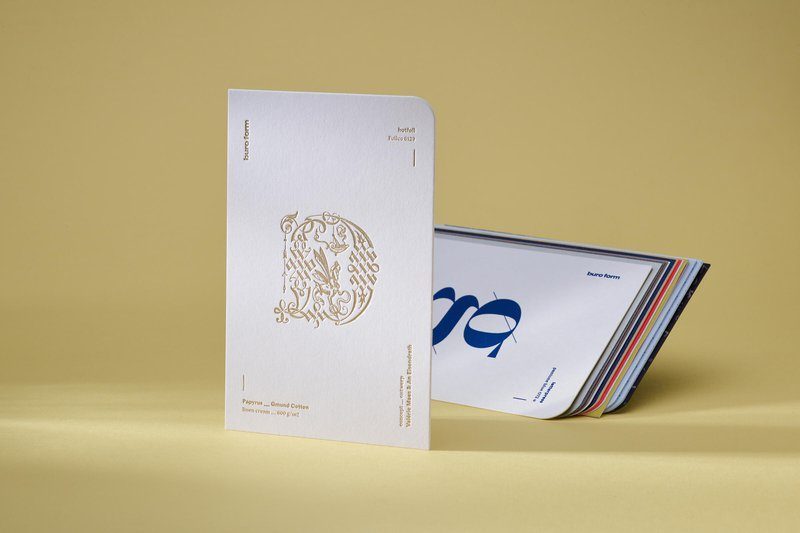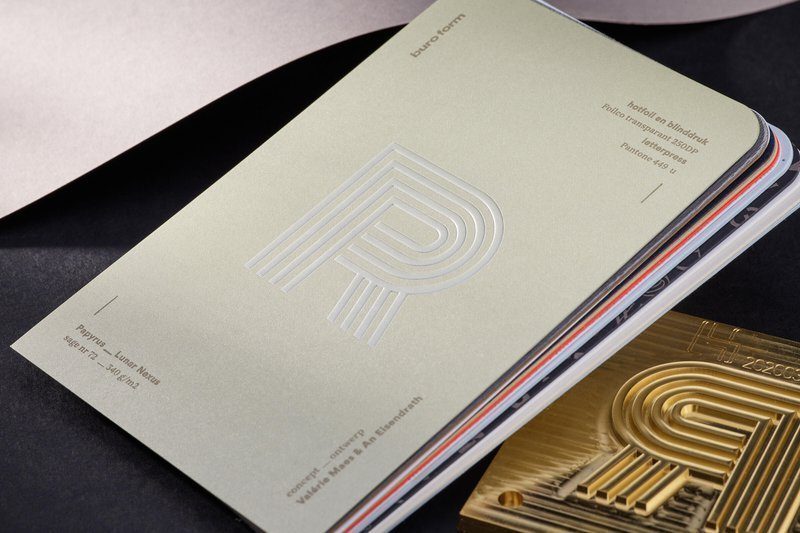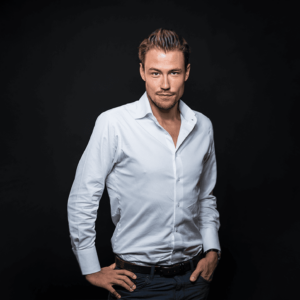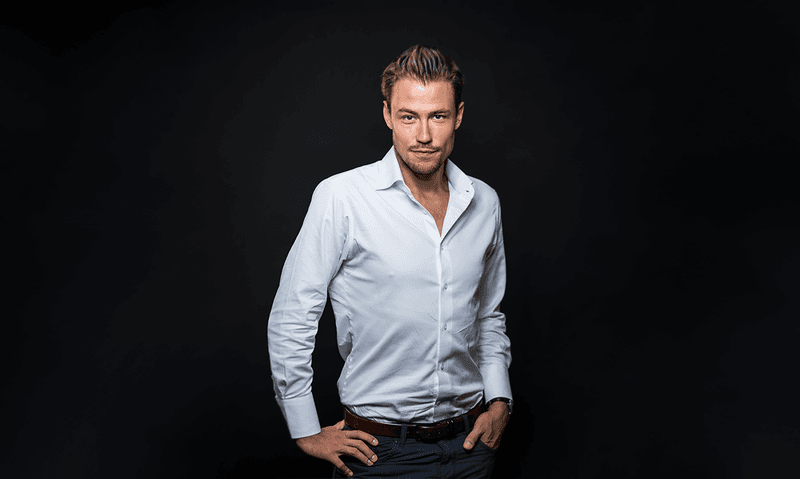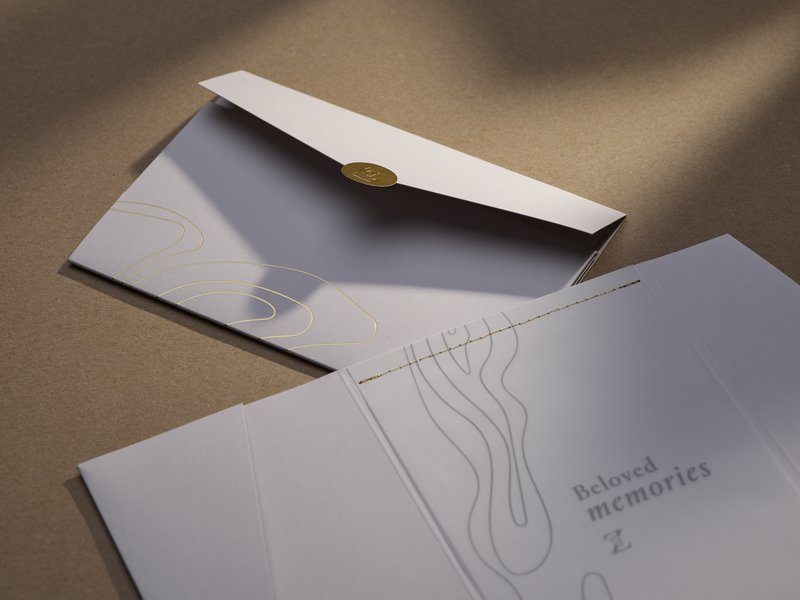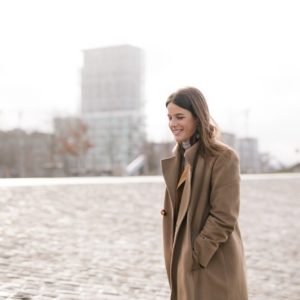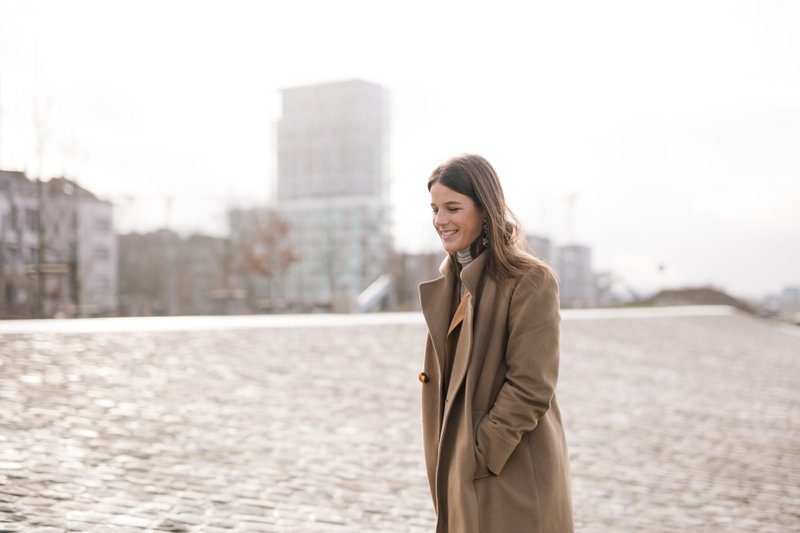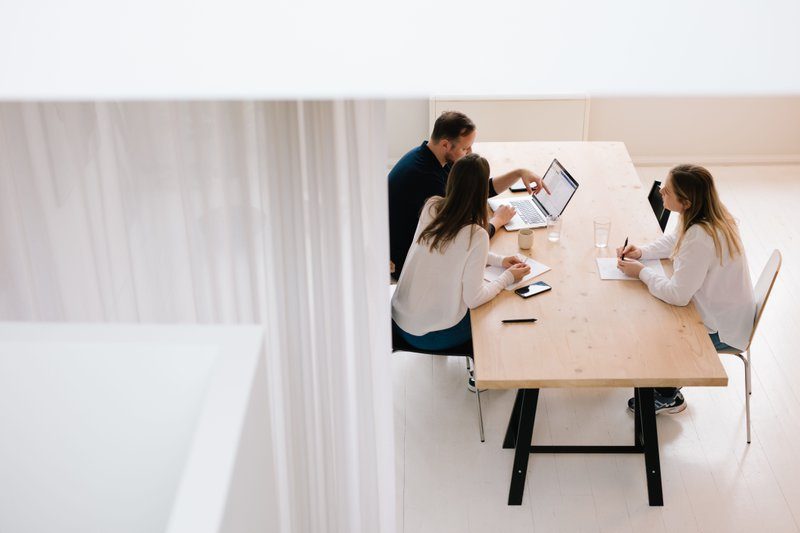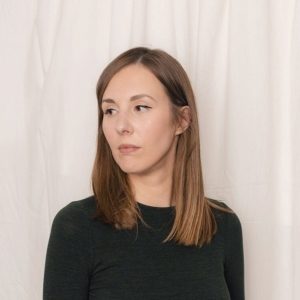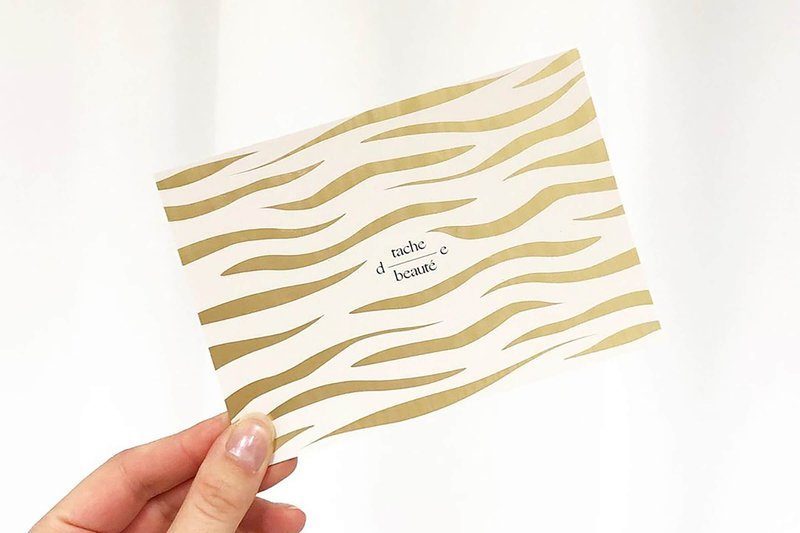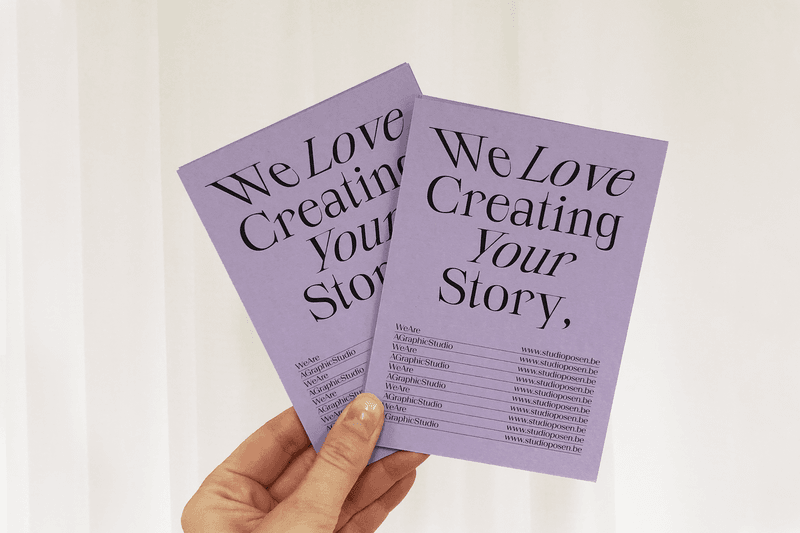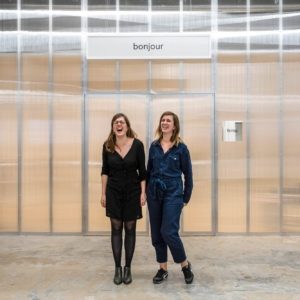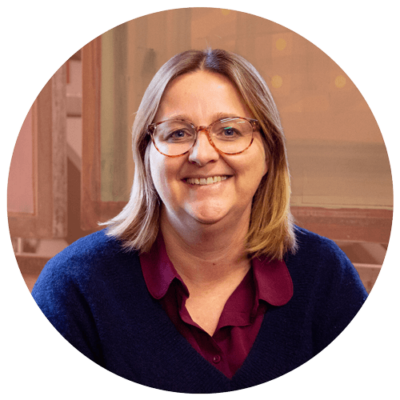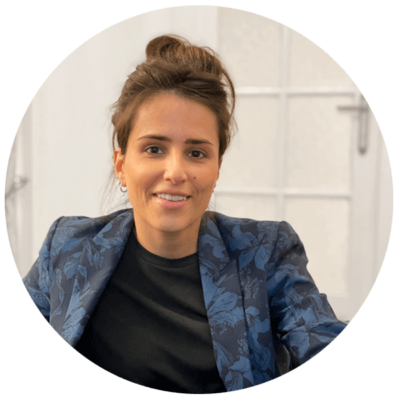Customer in the spotlight: Tina De Souter
Several years ago, Tina De Souter founded her own business with a focus on book design, graphic design and bookbinding. She did so after a successful test year as a student self-employed. Since then, she has become one of our favorite designers. Someone with drive, passion and exceptional creative talent. High time for a meet-and-greet on a sunny terrace in hometown Mechelen!

Graphic design, book design and bookbinding-why the focus on those three pillars?
‘I am someone who needs variety to stay sharp. In addition, the knowledge of different fields provides many benefits to both myself and my clients. Because I master handbook binding, for example, I understand the anatomy of a book. For customers, that know-how offers enormous added value. Because of my expertise in binding and paper types, I am able to advise them even better. At the same time, I can stay creative in the meantime.
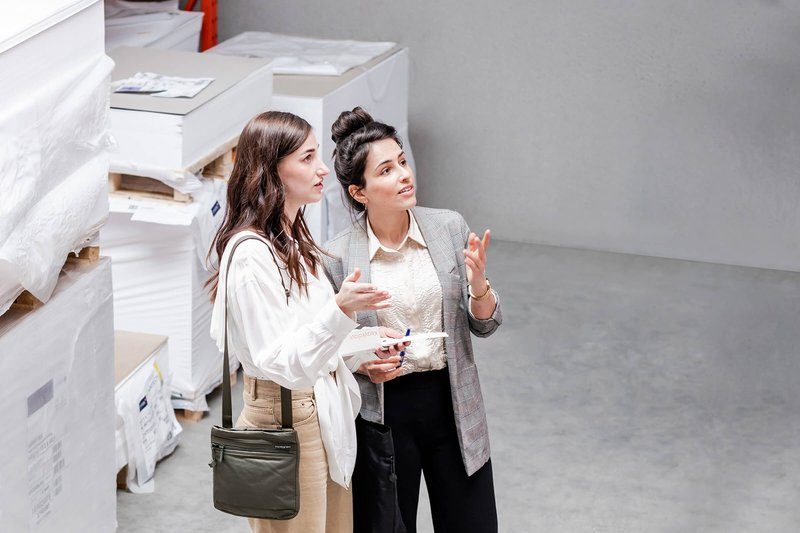
How did you get in touch with Buroform?
“When I was looking for a printing company for my first book ‘Onion,’ a teacher tipped me off to Buroform. At the time, I had a clear vision of what that book should look like. When I visited you the first time to go over everything, I was showered with printing samples and paper samples. Then, with combined forces, we really made something very beautiful out of it. Since then, I have continued to return.
What advice do you give your clients most often?
‘That they can trust me blindly, haha. (laughs) Many customers want control during every step of the printing process: the choice of printing technique, the color palette, the type of linen or paper, you name it. Or they ask for a proof before the book actually goes into print, but such a thing is very expensive. Of course, as a customer, you should have a say. During a collaboration, I always meticulously go over the various possibilities through samples and other examples. Except that each choice remains only one facet within a larger whole. Because of my experience, I see more than just those swatches; I really see the finished book before me. Therefore, the advice: trust me, because I know what it takes to get a great result.
How do you describe good printing?
‘That’s easy: good printing is printing that does full justice to the content. As a photographer or artist, it must be terrible to receive a design that does not fit your identity at all after all the hard work. I really think of an art or photography book as a printed exhibition. A browsable space where you should be able to experience the work as authentically as possible. Sometimes the content lends itself to a sober, no-nonsense design, but sometimes it may be more intense and colorful. I strive to make each book unique. You as a printing company are also of great value in this, by the way. Because of the know-how available, the personal guidance throughout the process and the passion from paper types, printing techniques and binding methods.’
What evolution do you see in the market for high-quality books?
‘People have said to me before, “Oh, you make art books? Do you really do that as a full-time job?” And then you can see from their facial expression that they wonder how I can make ends meet with such a job (laughs).
You should know: the printed book is not dying out, the market is just shifting. Disposable printed materials such as leaflets and flyers are increasingly being replaced by online advertisements, and novels are being reduced to e-books. But art books remain a kind of calling card for artists because it makes their work tangible. An art book is also much more affordable than a work of art, and because of the high circulation of books, it allows for wider distribution of their work.
What are your favorite techniques?
‘Binding technique Otabind®: In this binding method, there is an opening between the spine of the book and the spine of the cover. Because of that opening, this softcover binding falls open very nicely.
Binding technique hardcover: This technique has a kind of fanciness that no softcover can match. Only in my world, hardcovers are already used so often that sometimes you stand out better with an original softcover.
Favorite printing technique: hotfoil: I’m really a sucker for hotfoil. I try to foist that on every customer. (laughs) It has been scientifically proven to attract our eyes. Walking past it, the image shimmers in the corners of our eyes, making it seem to move. Fascinating!
